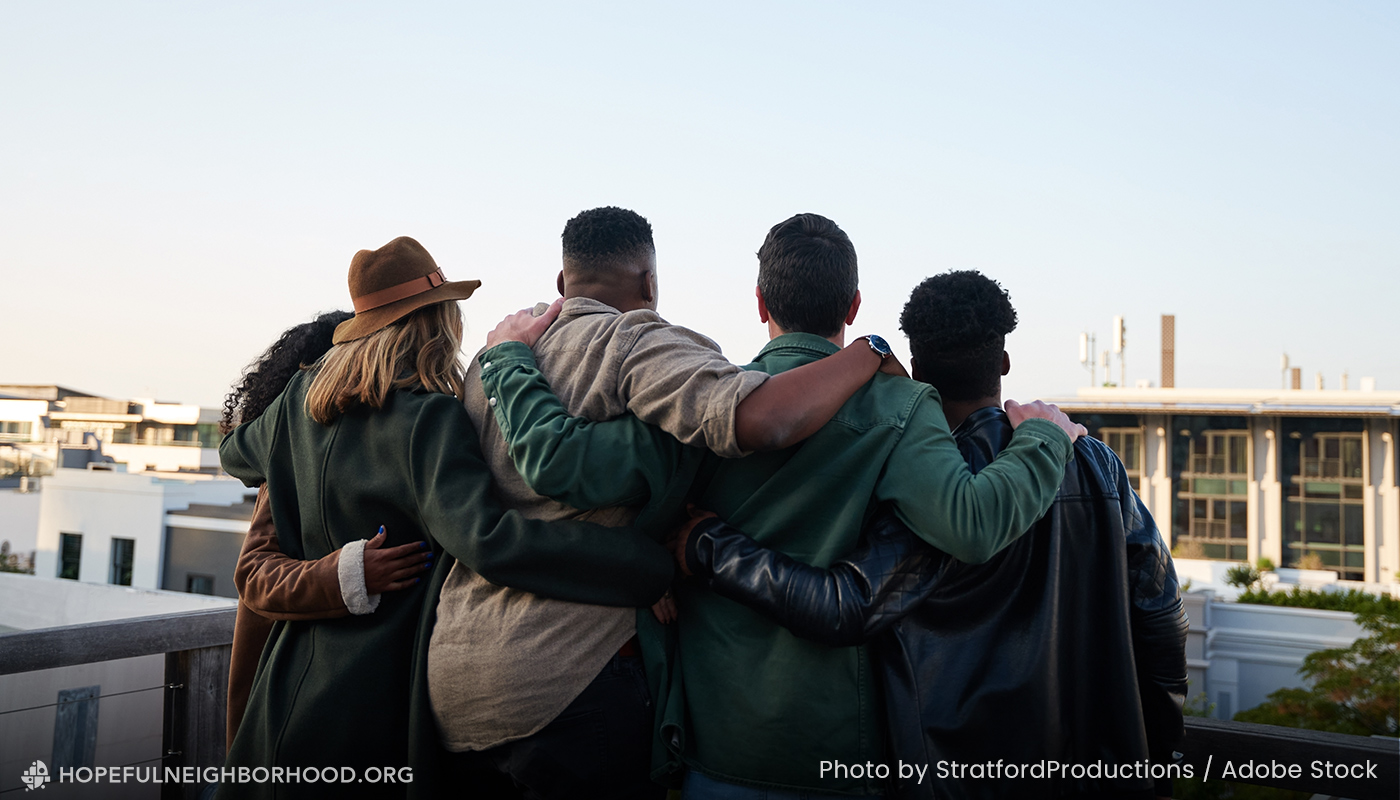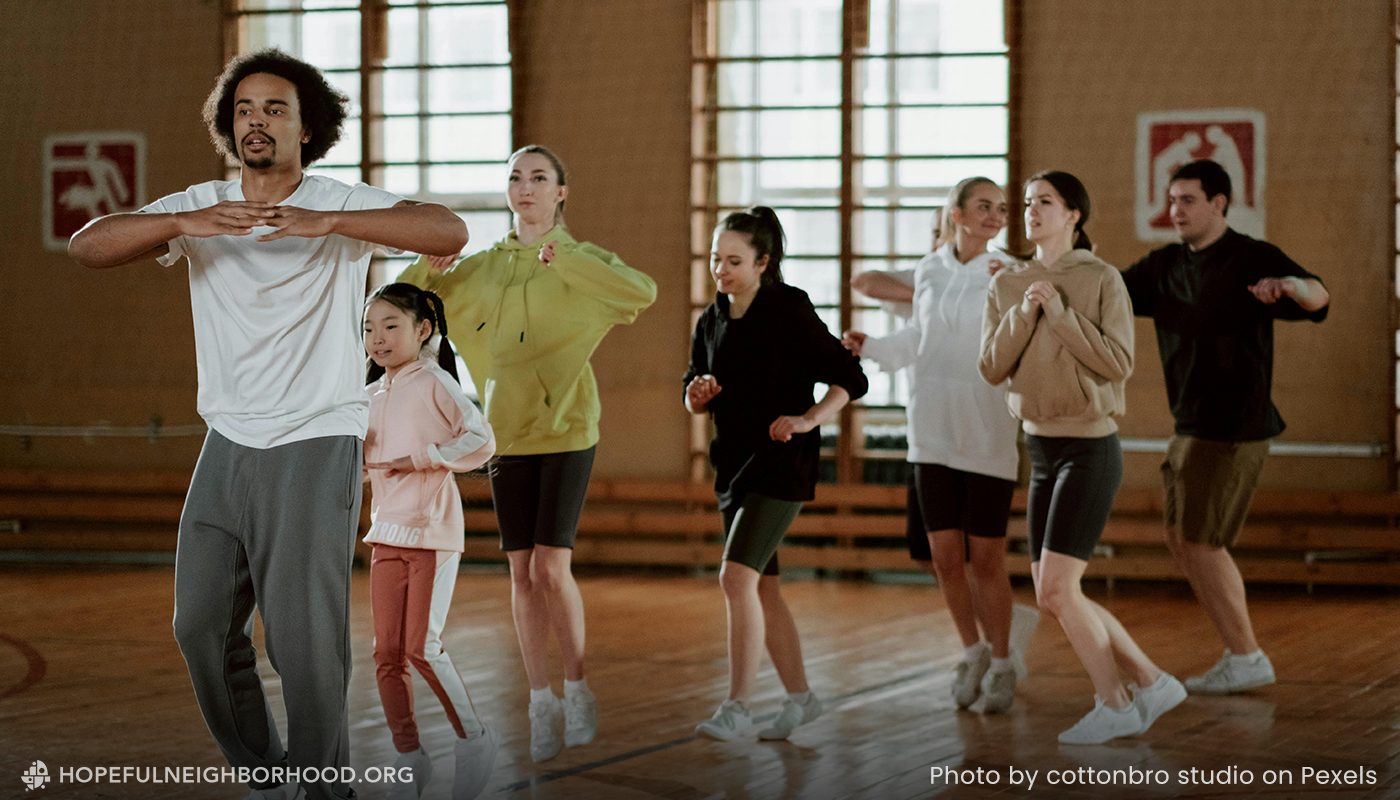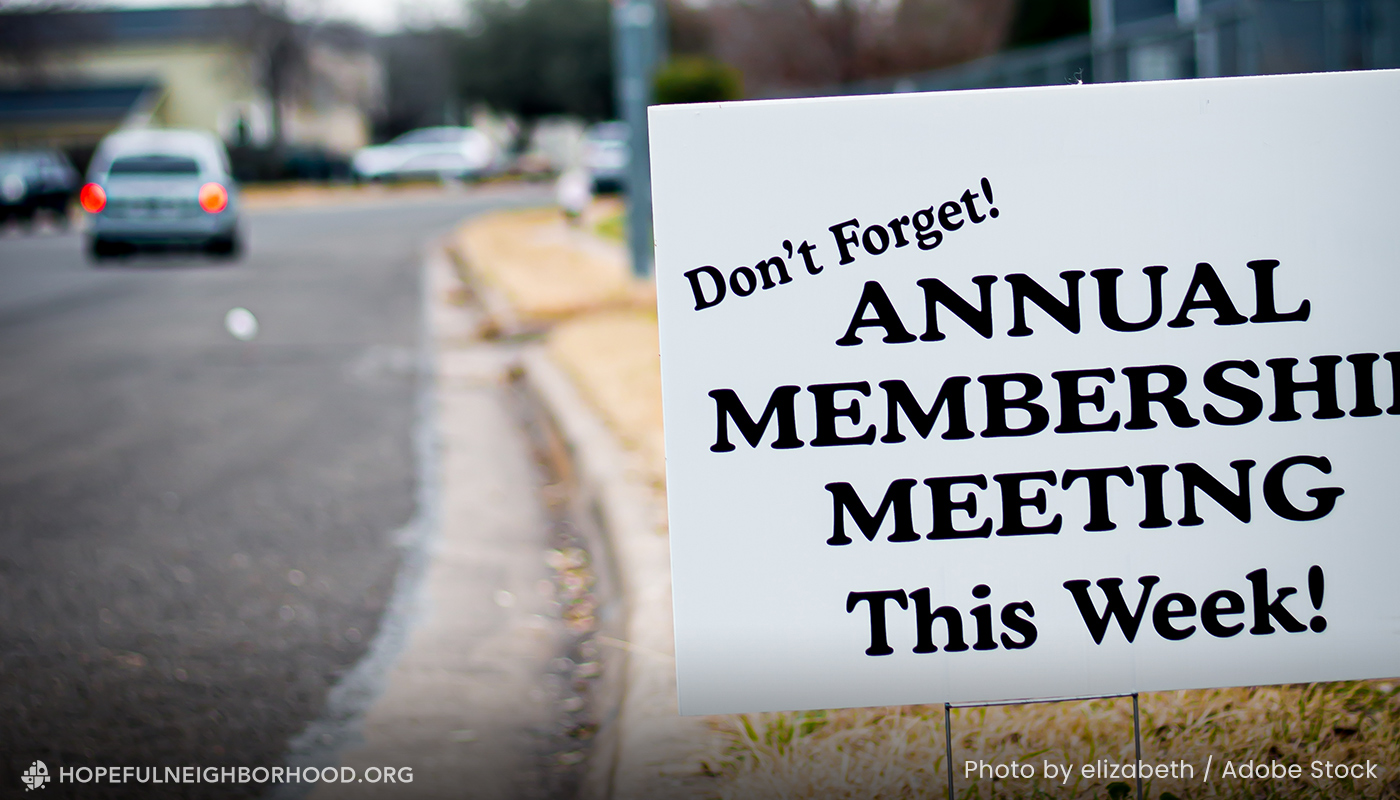I recently read Dawn Staley’s new book, Uncommon Favor: Basketball, North Philly, My Mother, and the Life Lessons I Learned from All Three. Dawn is the head coach of the University of South Carolina’s women’s basketball team. In her book, she speaks about how the neighborhood she grew up in shaped her into the woman she is today. Here is a quote from it that really resonated with me:
“My neighborhood felt like a neighborhood. Yes, we shared struggles and pain, but we also shared our happiness and hope.”
When I take a moment to pause and reflect on the countless neighborhoods across the United States and the world, I think not of the infrastructure, but of the people who inhabit them. The places we call home. Where we work, play, live, and build lives. Dawn’s words conjure up the image of a hopeful neighborhood, not a perfect neighborhood, but a place created by the people. Many people may look at North Philly and the housing community she grew up in and sneer. They may view your neighborhood in the same way.
I know this to be true about the neighborhood where I spent the first nine years of my life. Before my mother and father moved my sister and me to the suburbs, we lived in the East Thomas Neighborhood of Birmingham, Alabama. East Thomas was once a thriving working-class Black enclave that served three of our city’s most historic schools. By the time I lived there, it had fallen on hard times. There are many contributing factors to its decline, but I would not be the man I am today without the people I met there.
The 4 C’s of Thriving
The Thriving Cities Group has developed what they call “The 4 Cs of Thriving” to help cities and communities build healthy neighborhoods. The 4 Cs are:
- Conditions: the basic conditions of material security & social well-being
- Connections: the relationships & public places that bond & bridge communities
- Collaborations: the unique & unusual forms of collective action
- Commitments: the core identities & values that motivate & sustain care for others
Conditions
When Dawn Staley says, “My neighborhood felt like a neighborhood,” she means that it felt like a place with genuine neighbors. She is honest about the things that the people who lived there didn’t have. But she also speaks of how fortunate she and her family were to live in the row homes of the Raymond Rosen Homes housing projects. She saw the lack of access to jobs and other opportunities, but she also saw the amenities.
In your neighborhood, what’s the basic state of things? How are the people doing? It’s hard to bring hope to a place if we aren’t sure where that place is, not geographically, but in terms of its well-being. To create genuine community, we must first be concerned about the well-being of our neighbors. You can learn more about neighborhood well-being in this course HNP 102: Imagine the Possibilities.
Connections
For Dawn, it was the basketball courts and the recreation center that made her feel most connected to the people in her community. I love how she says, “Yes, we shared struggles and pain, but we also shared our happiness and hope.” The word shared there is pivotal because it speaks to connection. What is it that you share with your neighbors? Where are the places you and your neighbors go to feel connected to one another?
You cannot create community without connection. In neighborhoods and communities, there are often places that bridge people together. Where people share life. Is it a park or a green space? A coffee shop or a dog park? A community center? I once did community organizing in a place where people would regularly gather under trees for relaxation and recreation. What I learned from that experience is that people will find a way to connect, so you must find a way to connect with them.
Collaborations
How do the people in your neighborhood work together to get things done? Through formal or informal networks or power structures? Or has your neighborhood created its own sub-power structures to meet the needs of the many or the few? Many questions to consider, but we must if we are to work alongside others for the well-being of all.
Some communities I’ve served in had neighborhood associations, resident councils, or coalitions. These groups are an easy way to get to know and collaborate with your community. Most will already have a few key events or initiatives they have prioritized during the year, so collaborating with them to help them accomplish their goals is a great way to get started. It’s crucial to participate in what already exists; this will help you build trust and credibility.
Commitments
Once you have done your due diligence to understand our neighborhoods better, you can now examine the spoken and unspoken commitments residents have made to one another. It may be time to reaffirm or develop new commitments. When you collaborate with others towards a shared goal, it is always essential to clearly state how you are committing to one another and the broader work.
Why do people serve in your neighborhood? Why do they live there? What are their hopes and dreams? A number of years ago, I was a part of a group that worked with local housing communities to implement peace circles, a historical restorative justice approach meant to be implemented in community. We sent a group to the Red Hook Community in Brooklyn to learn how to implement this practice from The Center for Justice Innovation. One of the most critical aspects of this initiative was securing commitments from neighborhood leaders to work with us on learning and implementing these practices. We were committed to learning together and finding the best approach to implement this initiative for the benefit of all.
Your neighborhood is a neighborhood! Made up of unique people and places, but just because it’s a neighborhood doesn’t mean people share life together in community. As someone who is pursuing a hopeful neighborhood, you must continue to work towards a place where people understand the conditions and are willing to connect, collaborate, and commit to and with one another.
For more blogs on creating the neighborhood you always wanted to live in, read Creating Neighborhood Culture, also written by Danny Brister, Jr.




0 Comments